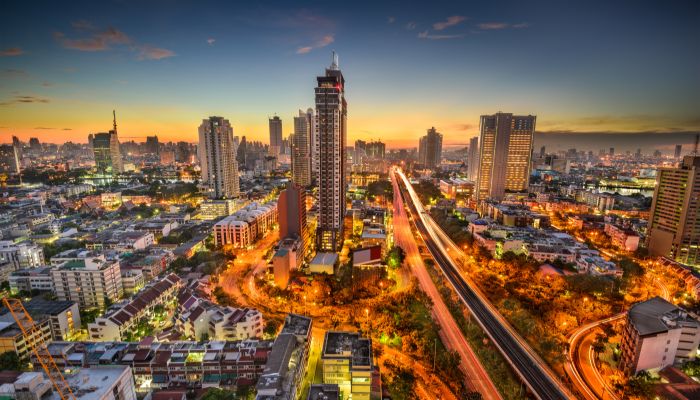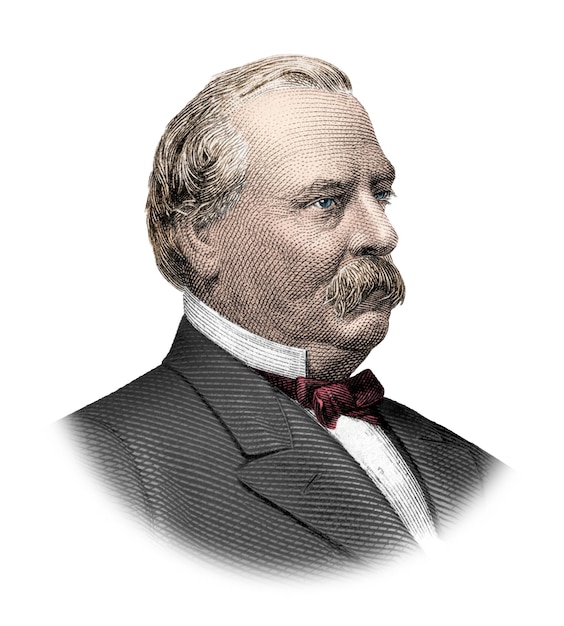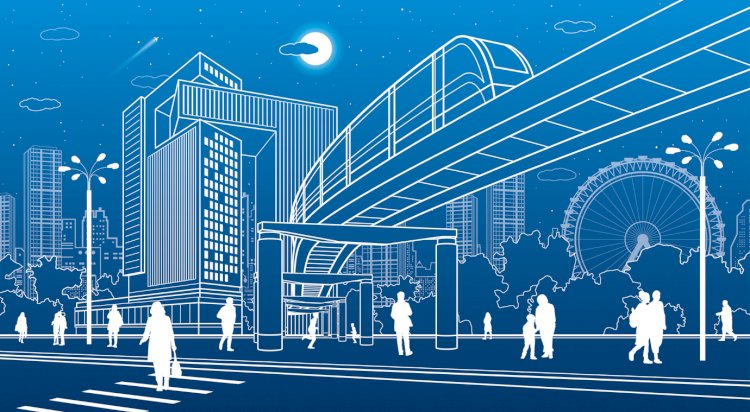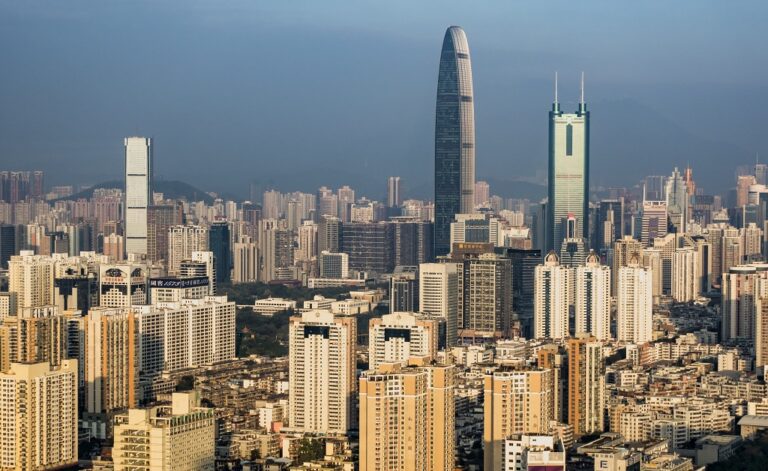Evolution of Urban Smart City & 15 Minute Smart Cities from Vision to Reality A Complete detail mentions, that after the 2008 financial crisis, cities globally began adopting a novel approach to urbanism and service delivery, leveraging technological advancements. This led to the birth of the “smart city” concept, revolutionizing urban management. However, as the concept gained traction, its actual impact on urbanism came under scrutiny.
Over the past decade, this concept has matured, bringing us to the forefront of a new urban paradigm – the “15-minute smart city.” Community planners now adopt new technologies for better living in the field of sustainable development.
Adding the latest facilities and making it a part of their master plan, the county integrated development plan, land use planning, and urban transport.
The Smart City Revolution
Embracing Technology for Urban Improvement
The integration of the Internet of Things (IoT) marked the birth of smart cities, enabling efficient urban management and service delivery. Over the past decade, this revolution has become commonplace in leading cities worldwide, transforming how urban centers operate.
Technology’s Age-Old Role in Urban Living
Technology has always played a role in enhancing urban life, dating back over 6,000 years to the first cities. The advent of smartphones empowered city planners to collect extensive data, providing invaluable insights into resident needs and preferences.
Smart City Implementation: Beyond the Hype
Data-Driven Decision Making
While smart city branding often emphasizes convenience for individuals, the real power lies in data analysis. Smartphone applications allow residents to interact with city services, offering valuable data for efficient resource allocation and problem-solving.
Shifting Paradigms
The concept of a smart city is evolving. Cities globally are adopting varying degrees of the smart city approach, envisioning a future where technology seamlessly integrates into every aspect of urban life. Ambitious projects, such as NEOM in Saudi Arabia and California Forever in the USA, are setting the stage for the future of smart cities.
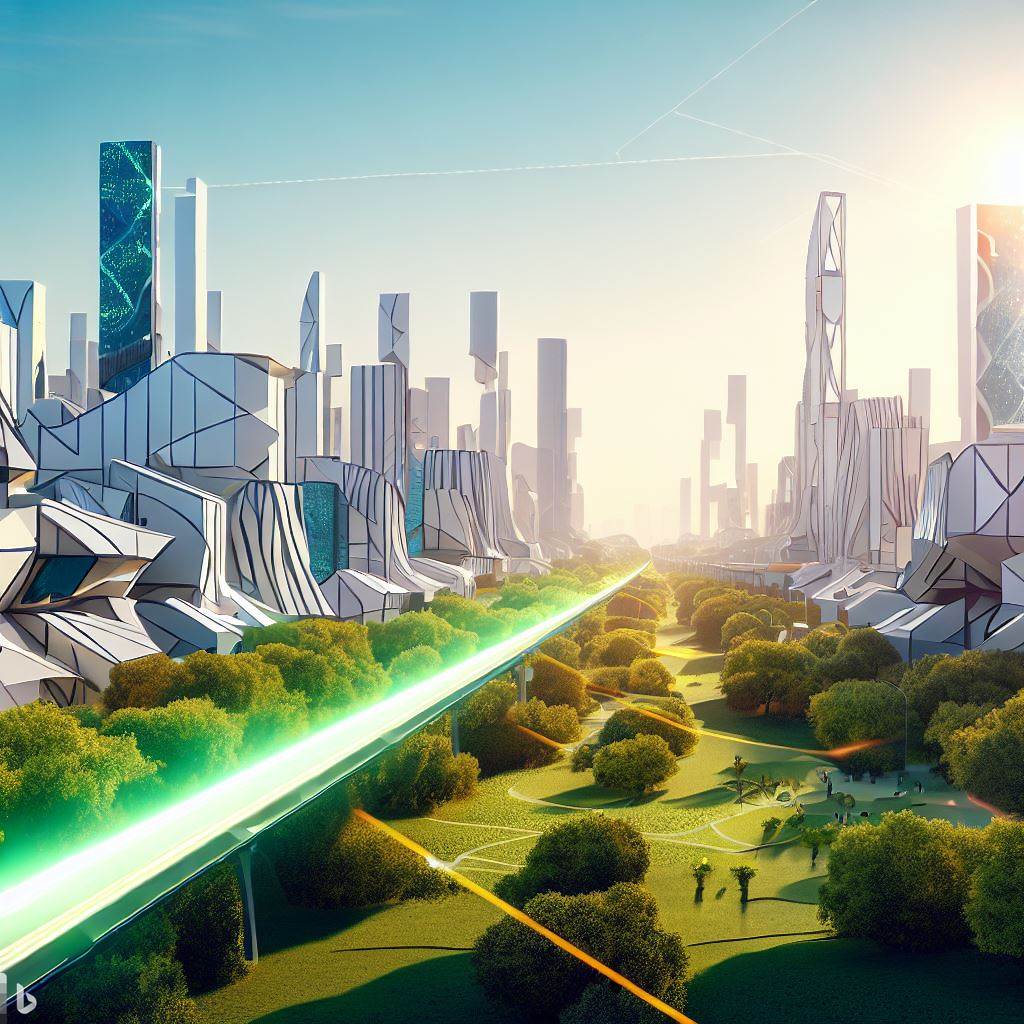
The Future of Smart Cities: Adapting to Changing Narratives
Responding to Urban Challenges
In response to rising urban challenges like crime and homelessness, innovative projects like California Forever propose a controlled urban environment driven by surveillance technology, highlighting the need for adaptive solutions.
Emerging Markets and the Smart City Narrative
The narrative surrounding smart cities has been intrinsically linked with emerging markets. Leveraging technology in emerging markets demonstrates the potential to streamline bureaucratic processes, paving the way for smoother urban experiences.
The Role of Artificial Intelligence
With the rise of artificial intelligence, cities are now better positioned to optimize resource allocation and enhance the seamless experiences promised by the smart city vision.
Now understanding the 15 minute smart cities concept
Understanding the Essence of 15 Minute Smart Cities
The fundamental principle behind a 15-minute smart city is simple, people can access essential services, amenities, and opportunities within a 15-minute walk or bike ride from their homes. By accomplishing this, cities can significantly reduce reliance on cars and other fossil fuel-based transportation, thereby promoting a cleaner and more sustainable environment.
Components of a 15-Minute Smart City
1. Residential Proximity:
At the heart of a 15-minute smart city lies the idea of strategically placing residences within close reach of commercial, educational, and recreational facilities. This ensures that individuals can easily access what they need within a short walk or cycle, reducing the need for extensive travel.
2. Mixed-Use Development:
Integrating mixed-use buildings that house offices, residential spaces, shops, and community centers further promotes the 15-minute concept. People can live and work in the same vicinity, enhancing work-life balance and reducing commute times.
3. Efficient Public Transport:
Implementing a well-organized and efficient public transportation system plays an important role in making a 15-minute smart city a reality. Buses, trams, subways, or light rail should be readily available and interconnected, enabling seamless movement across the city.
4. Smart Technology Integration:
The incorporation of cutting-edge technologies like smart traffic management systems, IoT devices, and data analytics can optimize traffic flow, reduce congestion, and enhance overall urban mobility. This tech-driven approach is essential for maximizing the benefits of the 15-minute concept.
5. Green Spaces and Parks:
To provide a balanced and harmonious living environment, 15 minute smart cities emphasize the creation of green spaces and parks. These areas offer citizens a place to unwind, exercise, and connect with nature, fostering a healthier and happier community.
Advantages of 15 Minute Smart Cities
1. Reduced Pollution:
A significant advantage of 15 minute smart cities is the substantial reduction in pollution. With fewer vehicles on the road due to minimized travel distances, there’s a corresponding decrease in carbon emissions and air pollution. In such area the bicycle is suffecient for transport at a short distance
2. Enhanced Quality of Life:
By enabling easy access to essential services and recreational activities, a 15 minute smart city enhances the overall quality of life for its residents. People have more time for leisure and family, leading to a happier and more fulfilling existence.
3. Economic Growth:
The localized nature of a 15 minute smart city promotes economic growth within various sectors. Businesses, both large and small, flourish as they cater to the immediate needs of the nearby population, creating a thriving economic ecosystem.
4. Community Building:
Proximity fosters community bonding and social interaction. When people can access amenities and services nearby, they are more likely to engage with their neighbors and build a sense of community, strengthening social ties.
Conclusion
The 15-minute smart city concept represents a futuristic and sustainable approach to urban planning, promoting accessibility, environmental consciousness, and an improved quality of life. As our cities continue to grow and evolve, embracing this paradigm could be the key to achieving a more efficient, equitable, and enjoyable urban experience for all
What is the concept of urban smart cities?
Urban smart cities refer to urban areas that integrate advanced technologies, data analytics, and the Internet of Things (IoT) to enhance various aspects of urban living, including infrastructure, services, transportation, and sustainability.
How did the 2008 financial crisis influence the development of smart cities?
The 2008 financial crisis accelerated the adoption of smart city concepts globally as cities sought innovative ways to manage urban challenges efficiently. The crisis highlighted the need for sustainable urban development and efficient resource allocation, spurring the integration of technology into urban planning.
What role does technology play in urban living and smart city evolution?
Technology has historically played a significant role in enhancing urban life. With advancements like smartphones and IoT, cities can collect extensive data, enabling city planners to gain valuable insights into resident needs and preferences, thereby improving urban services and infrastructure
What are the fundamental components of a 15-minute smart city?
The components of a 15-minute smart city include:
1) Residential Proximity: Placing residences close to essential facilities.
2) Mixed-Use Development: Integrating offices, residential spaces, shops, and community centers.
3) Efficient Public Transport: Implementing a well-organized and interconnected public transportation system.
4) Smart Technology Integration: Incorporating advanced technologies like smart traffic management systems and IoT devices.
5) Green Spaces and Parks: Creating recreational and green spaces for a balanced living environment
How do 15-minute smart cities reduce pollution and promote sustainability?
15-minute smart cities reduce pollution by minimizing travel distances, thus reducing reliance on cars and fossil fuel-based transportation. This proximity-driven approach leads to fewer vehicles on the road, resulting in decreased carbon emissions and improved air quality, contributing to a more sustainable environment.
What distinguishes 15-minute smart cities from traditional urban planning?
The 15-minute smart city concept focuses on creating highly accessible urban environments where essential services and amenities are within a 15-minute walk or bike ride. This approach promotes sustainability, environmental consciousness, and an enhanced quality of life by reducing commute times and fostering a sense of community
How does the role of artificial intelligence contribute to smart cities?
Artificial intelligence (AI) plays a great role in smart cities by optimizing resource allocation and enhancing the seamless experiences promised by the smart city vision. AI-driven systems can analyze large volumes of data to improve urban services, infrastructure planning, and decision-making processes, making cities more efficient and adaptive
